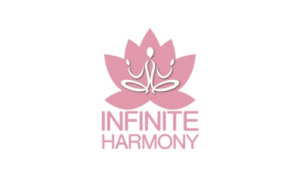Endometriosis is the name given to the condition where cells like the ones in the lining of the womb are found elsewhere in the body.
Each month these cells react in the same way to those in the womb, building up and then breaking down and bleeding. Unlike the cells in the womb that leave the body as a period, this blood has no way to escape. This causes inflammation, pain and the formation of scar tissue. Endometrial cells can migrate to other parts in the pelvis and on to other organs such as the bowel and bladder. Cells can attach to nerve endings and scar tissue can effectively stick internal organs and the pelvis together.
It is a chronic and debilitating condition that causes painful or heavy periods. It may also lead to infertility, fatigue and bowel and bladder problems. Around 1.5 million women in the UK are currently living with the condition. Endometriosis can affect all women and girls of a childbearing age, regardless of race or ethnicity.
Endometriosis can have a significant impact on a woman’s life in a number of ways, including:
- Chronic pain at the site of the endometrial cells
- Fatigue/lack of energy
- Depression/isolation
- Problems with a couple’s sex life/relationships
- An inability to conceive
- Difficulty in fulfilling work and social commitments
Current conventional treatment includes:
- Combined oral contraceptive pill or contraceptive patch – sufferers are often encouraged to tri-cycle or only have a period once every 3 months.
- Levonorgestrel-releasing intrauterine system (LNG-IUS) – such as the Mirena coil.
- Gonadotrophin-releasing hormone (GnRH) analogues – which induces a medical and temporary menopause. This is normally combined with HRT.
- Progestogens – which aims to prevent or slow down the growth of the endometrial lining.
- Keyhole surgery via a laparoscopy (2 incisions into your stomach) is used to confirm the condition and endometrial implants are removed via cutting or ablation.
- A hysterectomy is seen as the final option if you have tried everything else. Surgeons will try to keep your ovaries unless they are comprised so that women continue to have the hormonal protection. However, leaving the ovaries means that endometriosis can return. If the ovaries are removed there is the added complication that HRT is not really appropriate as oestrogen will encourage regrowth of any endometrial cells that haven’t been cut away during surgery.












